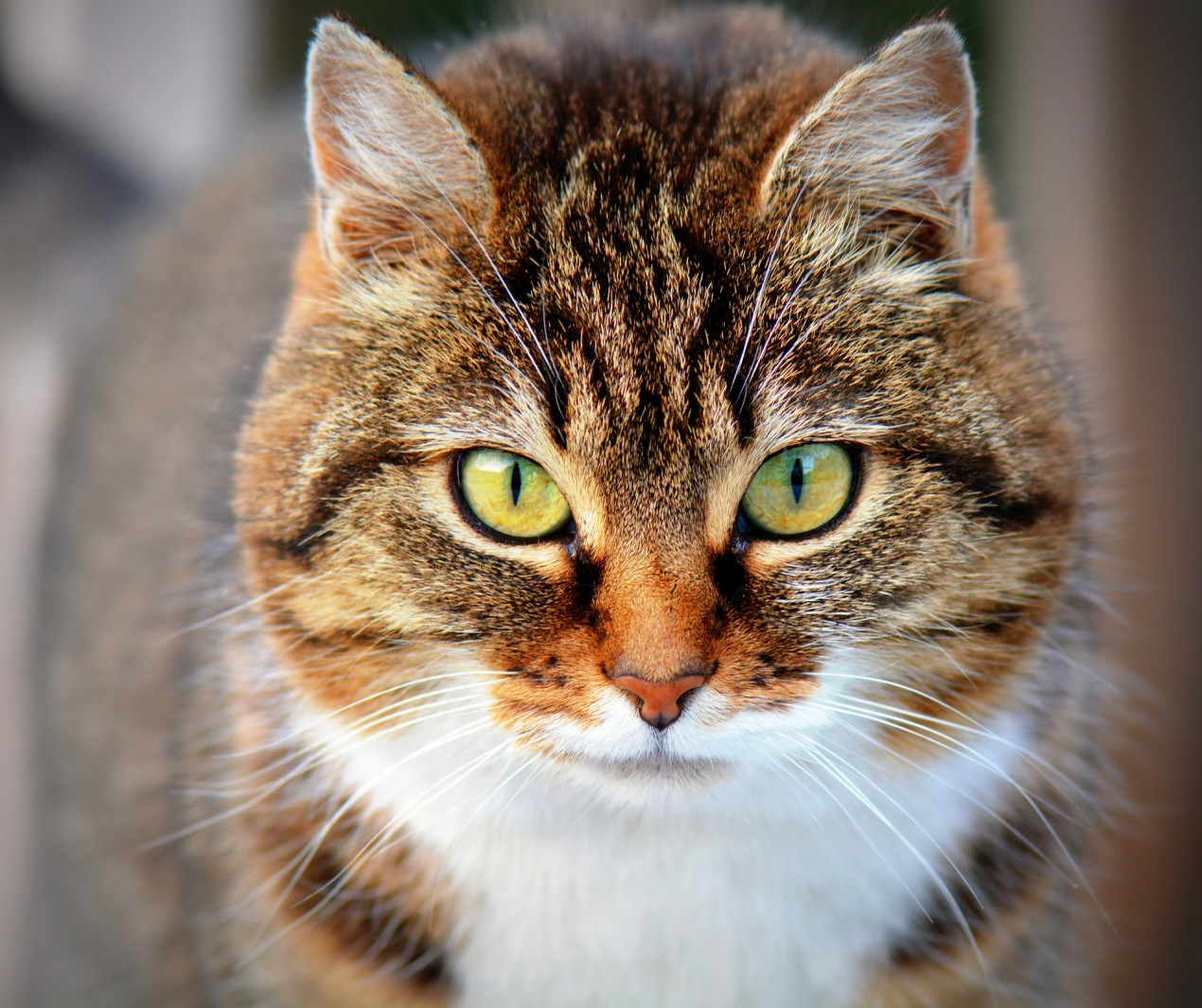Do you need help?

What should I do if my cat has breathing problems?
Breathing difficulties can affect cats of any breed or age, and the problem can quickly become life-threatening. If your cat is displaying signs of respiratory problems you should take them to your local vet, or out of hours your nearest Vets Now, as soon as possible.

How do I tell if my cat has breathing problems?
A cat’s respiratory system has many parts including the nose, throat (pharynx and larynx), windpipe, and lungs.
Diseases in any part of this system, or the respiratory centre in the brain, can lead to cat breathing issues.
Cats are great at hiding signs of illness which makes it difficult to determine whether your cat is breathing normally. A normal cat takes between 20 to 30 breaths per minute and their breathing should never be laboured or a struggle.
Why is my cat struggling to breathe?
Difficult or laboured breathing in cats, also known as dyspnea, can be a sign of a number of issues, including infection, trauma and bleeding. Other reasons why a cat may be struggling to breathe include inhaled foreign objects, heart failure, asthma and anaemia. Allergies, pain, fever and medication can also cause respiratory problems, as may tumours or diseases that make the belly enlarged or bloated (such as enlarged liver or fluid in the belly).
Why is my cat breathing fast?
Rapid breathing in cats, also known as tachypnoea, may be a sign of low oxygen levels in the blood (hypoxaemia), low red blood cell count (anaemia), or asthma. A cat breathing fast may also be a result of fluid accumulating in or around the lungs due to heart disease or cancer. Bleeding into the lungs or tumours could also be the reason for a heavy breathing cat.
How are cat breathing problems diagnosed?
In order to diagnose cat breathing issues your vet will perform an examination, including some or all of the following steps:
- Asking you about your cat’s health, onset of signs, and possible incidents that might have preceded this condition
- Carefully observing how your cat breathes
- Listening to his chest for evidence of a heart murmur or fluid in the lungs
- Checking the colour of your cat’s gums, as this can indicate whether oxygen is being delivered to the organs effectively, or if there is a low red blood cell count (anaemia)
- Performing blood tests to check for underlying disease conditions
- Taking X-rays or ultrasound to examine the lungs and heart
If your cat is struggling to breathe, the vet or nurse may immediately admit your cat into the clinic to enable them to provide oxygen and allow him to settle down before doing any more examinations or tests.
What is the treatment for cat breathing problems?
Treatment will depend on the diagnosis your vet makes for your cat’s breathing problems. Most breathing problems require admittance into the hospital until your cat’s breathing has significantly improved.

